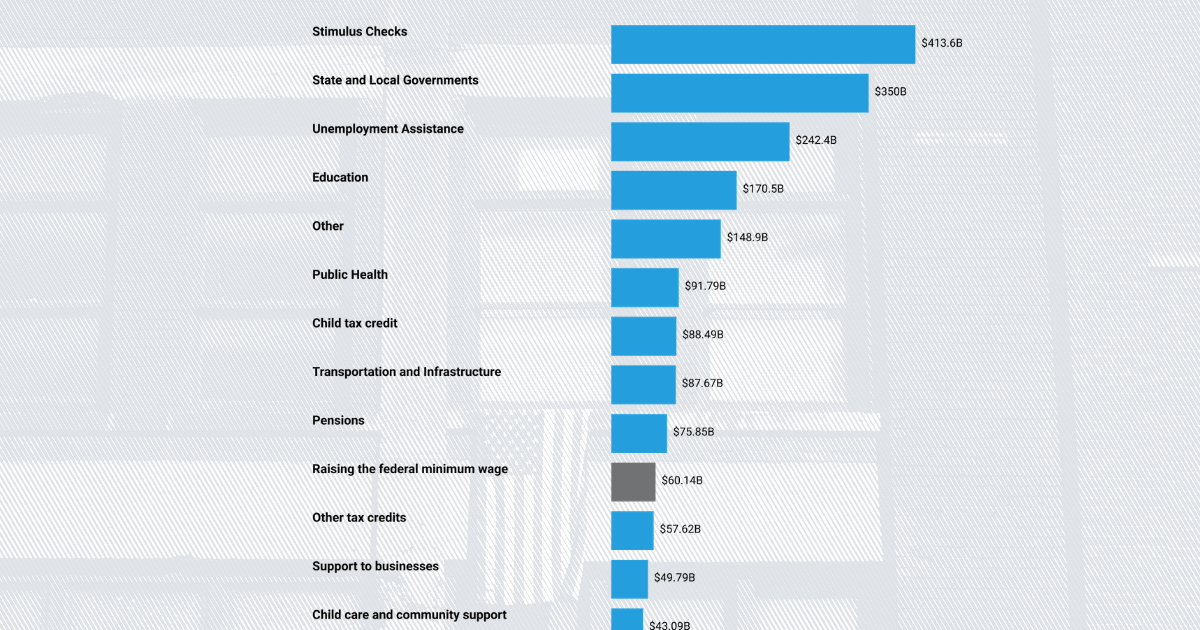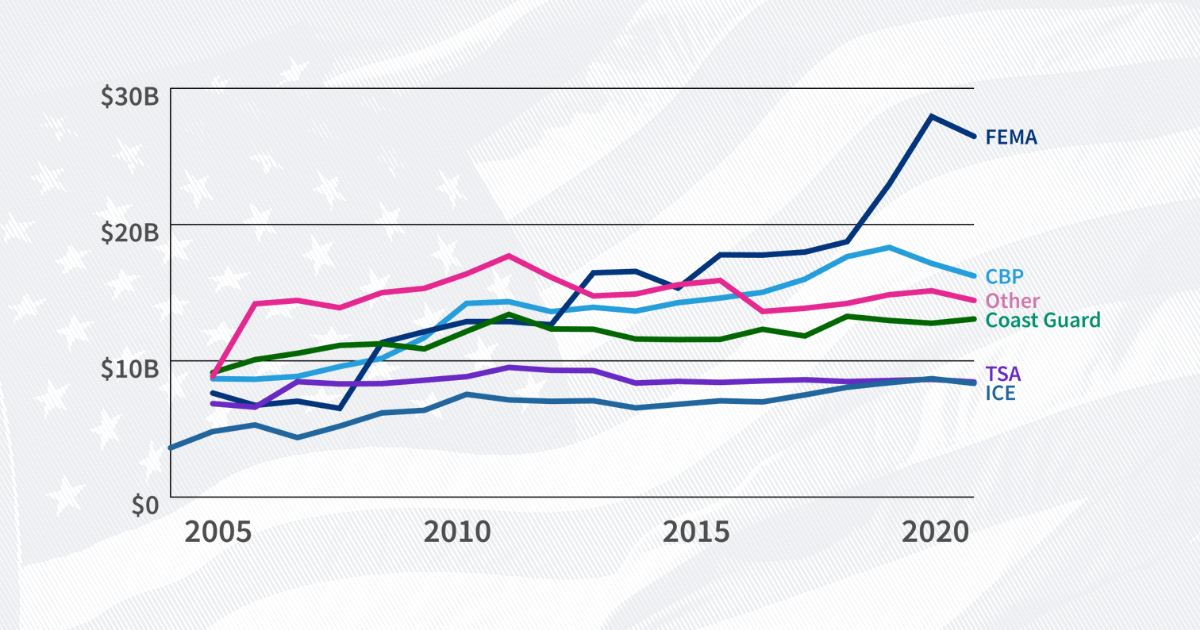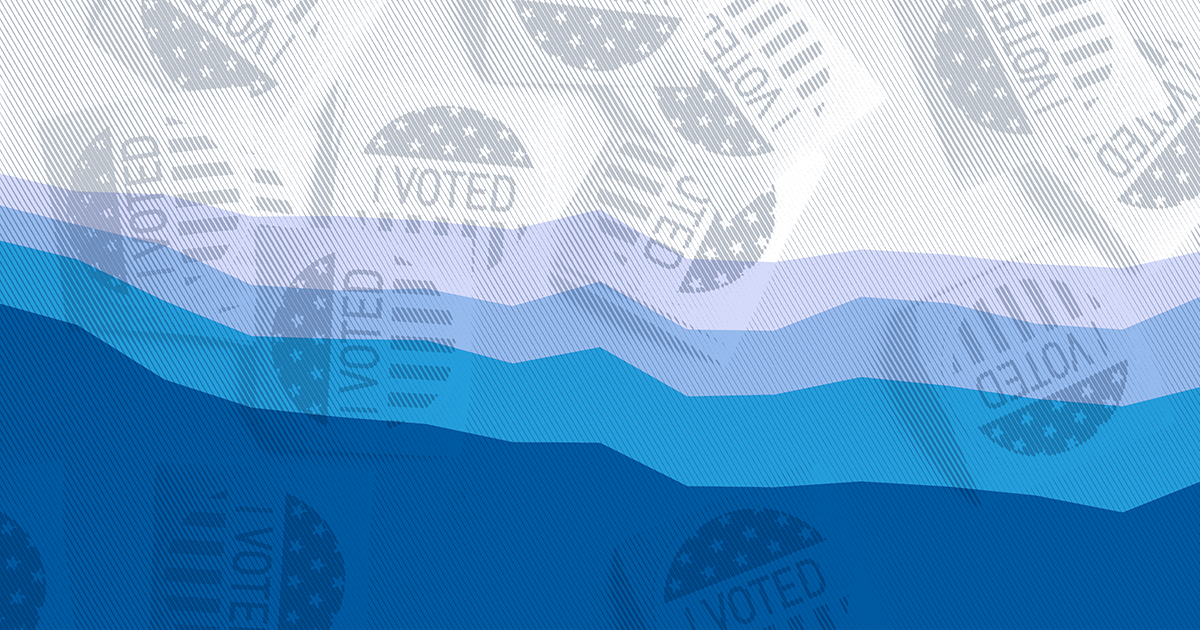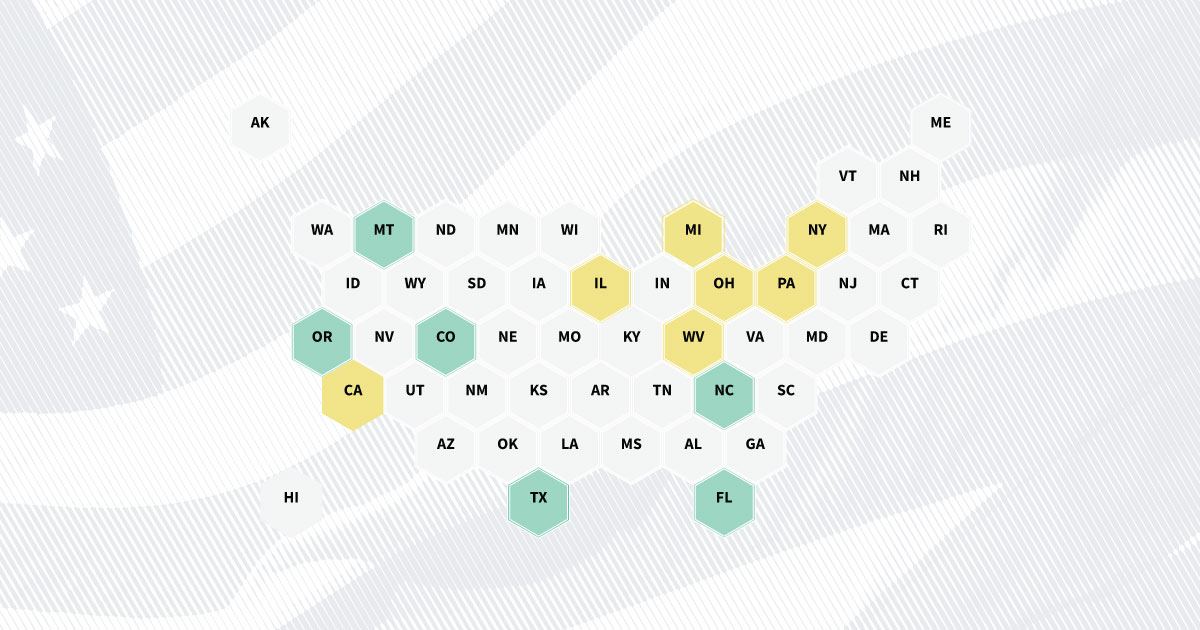Government
How does the original $1.9 trillion American Rescue Plan Act compare to the $2.2 trillion CARES Act?

Some states hold runoff elections when no candidate in an election wins more than 50% of the votes. In those cases, the two candidates who received the most votes advance to another round of voting. Voters return to the polls to choose between the two, ensuring that the winner will have earned the majority of the votes.
Runoff elections are commonly triggered by primaries in which partisan voters are choosing between more than two candidates to decide who will represent their parties in the general elections. As of 2024, nine states schedule runoffs for their congressional primaries: Alabama, Arkansas, Georgia, Mississippi, North Carolina, Oklahoma, South Carolina, South Dakota, and Texas. Most states have pre-set dates for runoffs, usually two to eight weeks after the initial election.
Most of these runoffs take place automatically on the scheduled dates if no candidate clears 50% in the primary election, but some states add specific wrinkles: In North Carolina a runoff only happens when the runner-up candidate in the original primary requests it and in South Dakota, runoffs are only required if no candidate receives 35% of the vote.
Two states, Georgia and Louisiana, hold runoffs after general elections if no candidate receives at least 50% of the vote. Georgia has had several high-profile general election runoffs in recent years. In 2020, with partisan control of the Senate at stake, both of its elections for US Senate seats went to runoffs. In January 2021, Democrats Jon Ossoff and Raphael Warnock defeated Republican incumbents David Perdue and Kelly Loeffler in their respective runoffs. Warnock would then defeat Herschel Walker in another runoff to retain his seat in 2022.
Louisiana is unique: it doesn’t hold primaries for congressional elections. Instead, all registered candidates appear on one general election ballot in what is sometimes referred to as a “jungle primary.” If no candidate receives 50% of the vote, the top two advance to a runoff. This system is used for all elections except the presidential election.
You are signed up for the facts!
It’s common for a handful of states to require runoff elections after their primary.
In 2020, Alabama and Texas ran runoff elections for primaries in both their US Senate and House races, and Georgia, Mississippi, North Carolina, and Oklahoma held runoffs for their House primaries. Georgia and Louisiana both held runoffs for their general elections in those races, as did Guam, whose congressional delegate was decided in a November 2020 runoff.
In 2018, by comparison, one state held a Senate primary runoff and six held House primary runoffs. From 2008 to 2020, there were between four and 11 state runoffs each federal election season.
Runoff elections generally receive lower voter turnout than general elections. Turnout rates depend on a variety of factors including which office is up for election, the competitiveness of the race, and media coverage of the runoff.
In Georgia, around 57.0% of voters cast ballots in the 2022 midterm general elections, compared to 50.5% in the runoff four weeks later. In 2020, nearly 5 million Georgians voted in the general election, compared to 4.5 million in the runoff.
Ranked-choice voting is an alternative voting system that has been adopted for some statewide elections in Alaska, Maine, and Hawaii and for some local elections in municipalities across the country, including in New York City. In ranked-choice voting systems, voters rank all the candidates on a ballot by preference. If no candidate gets the majority of the first-place votes, the candidate with the fewest first-place votes is eliminated and those votes are reassigned to their second-place selection. This process is repeated until one candidate has a majority of the votes.
Ranked-choice voting shares some of the principles of runoff election systems — that candidates can’t win without a majority of ballots supporting them. But it doesn’t involve voters recasting ballots (and thus doesn’t require states to host additional elections).
Learn more about voting and elections in the US and get the data directly in your inbox by subscribing to our weekly newsletter.
Government
Government
Government
Government
Newsletter
Keep up with the latest data and most popular content.


